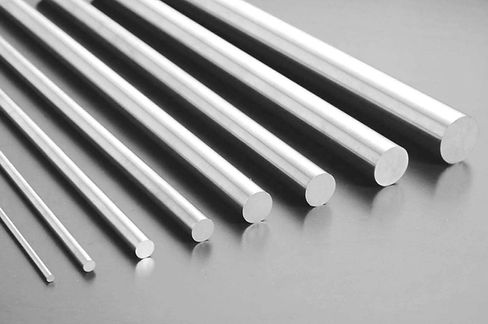Nitronic 60
Nitronic 60 is austenitic stainless steel that has been fortified with nitrogen and has abrasion resistance and abrasion resistance. Retains moderate strength up to 1800°F and oxidation resistance comparable to S. S309. Typical corrosion resistance lies between the corrosion resistance of S. S304 and S316.
Used in aerospace, food, pharmaceutical, oilfield, petrochemical, surgical and chemical processing industries.

specifications and application
Austenitic non-magnetic stainless steel with high strength properties - Significant resistance to impact, abrasion and high hardness. This grade can be used in high temperature applications with corrosion resistance comparable to materials 316, 316L and 304. Steel is used in the chemical, petrochemical, pharmaceutical, mechanical industries (hydraulic systems) and food industries for valves, flanges, pump parts, springs, heat exchangers, screws and even chains.
Corrosion Properties
The corrosion resistance of Armco NITRONIC 60 stainless steel is between type 304 and type 316. However, experience has shown that in wear systems, galling or scissor failure occurs first, dimensional loss due to wear, and finally corrosion. A design engineer's first concern is drag and wear. Although the general corrosion resistance of NITRONIC 60 is not as good as that of Type 316, it provides better chloride pitting resistance, stress corrosion cracking resistance and crevice corrosion resistance than Type 316 under laboratory conditions. Corrosion testing is not normally performed at NITRONIC 60 High Strength.
Corrosion Resistance
The uniform corrosion resistance of Nitronic 60 is superior to 304 stainless steel in most environments. The yield strength of Nitronic 60 is almost twice that of 304 and 316 stainless steel. Chloride pitting resistance is better than Type 316 stainless steel, while Nitronic 60 offers superior high temperature oxidation resistance and low temperature impact.
Applications using the Nitronic 60 are valve stems, seats and trims, fastening systems, screening, pins, bushings and roller bearings, pump shafts and rings. Other uses include wear plates, rail guides and bridge pins.
Wear Resistance
These alloys can resist wear and galling at a significantly lower cost compared to nickel or cobalt-based alloys.
